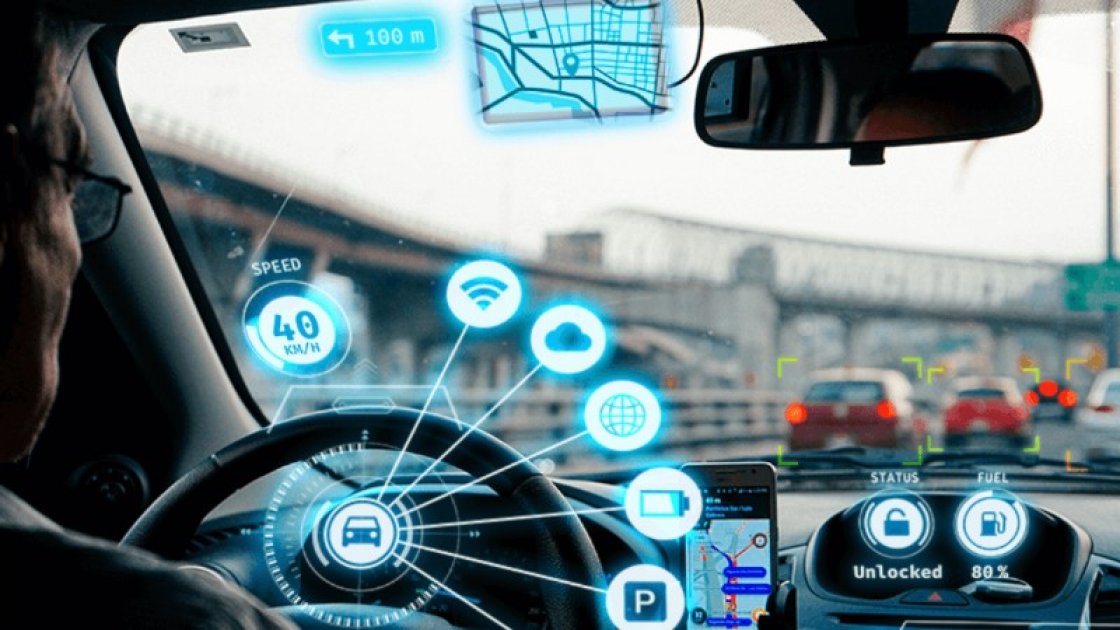Road safety in Greece remains a major public health concern, highlighted once again by the horrific road crash that occurred in Crete on 11 January 2025. According to ELSTAT data, between January and November 2024 alone, there were 10,581 road crashes resulting in 616 fatalities. In total, in the period 1991 – 2021 in Greece, more than 44,000 people lost their lives in road crashes.
To put this number into perspective and underscore just how alarming it is, in just 30 years, Greece has lost the equivalent of an entire city the size of city of Drama to road crashes. These tragic figures contribute to Greece’s low ranking in road safety: 28th out of 30 countries (when including Norway, Switzerland and Iceland), and 25rd out of 27 in the EU. Even more concerning is the fact that road crashes are the leading cause of death among young people up to 29 years old in Greece, and the third leading cause of death for those up to 44. The demographic, social and economic consequences of this reality are profound and should make all of us to reflect more seriously on the root causes of this ongoing crisis.
The origin of the problem
The huge truth is this: a dramatically higher percentage of road crashes (more than 95%!) are caused by human errors and driver behaviour. According to a pan-European survey by the Fondation Vinci Autoroutes, 81% of drivers in Greece exceed the speed limit (even by a few kilometres), while 81% are distracted by using their smartphone or setting their GPS while driving.
This indicates that Greek drivers often drive recklessly and carelessly, a problem that cannot be attributed to the age of the vehicle fleet in Greece (which is the oldest in Europe at the moment, with an average age of 17.3 years), nor to the road infrastructure quality. It is therefore evident that in order to tackle the road safety crisis in Greece, save lives and reduce the significant economic and budgetary burden it creates, the top priority should be a fundamental change in driver behaviour.
Telematics technology as a solution to the problem
Traditional methods of enforcing changes in driver behaviour have not produced the desired results. Increased enforcement, through fines and penalties is neither a sustainable nor particularly effective solution as numerous studies have shown that punishment has only short-term effects bringing results as long as enforcement is present, as opposed to positive rewards which certainly have long-term effects. New and innovative solutions are therefore needed to reward drivers for good driving behaviour and encourage them to drive more safely, such as telematics, which is being used worldwide with spectacular results.
Telematics is the automatic monitoring of driver behaviour data and its continuous evaluation. Telematics is based on advanced Artificial Intelligence and Machine Learning methods and helps drivers understand the weak points of their driving performance through a quantified and calibrated way. The most common way that telematics is implemented is through insurance policies that offer rewards for good driving behaviour (rather than punishments).
The main pillars of insurance products using telematics are: (a) the reliable recording of driving behaviour data; (b) the evaluation of driving behaviour data and the quantification of the crash probability using specific parameters (such as frequency of harsh acceleration/deceleration, mobile phone use while driving, speeding) that ultimately result in a score, (c) informing and educating drivers to improve their driving behaviour and (d) providing gamification, reward and incentive functions to improve drivers’ driving behaviour and their eco-driving profile.
This technology can be implemented in various ways, the most widespread of which is through an application on the driver’s smartphone, which also acts as a data source for the evaluation of the driver’s driving behaviour. The protection of the driver’s data is guaranteed by the EU General Data Protection Regulation (GDPR), as the insurance company does not have access to the user’s location data.
It is worth noting that in Italy, measures promoting telematics insurance have been in place for a decade and today more than 1/3 of vehicle insurance premiums are telematics-based. Similarly in America, which has very high insurance premiums (about five times higher than Greece on average), the ten largest vehicle insurance companies have >20% of their insurance policies based on telematics with very positive results and there is a 30-40% reduction in crash frequency and up to 65-70% improvement in driver behaviour based on driver scores.
How does telematics help to improve road safety?
Based on years of research from real data from telematics programmes around the world, as well as international literature, the use of telematics can lead to a reduction in road crashes and related deaths/injuries of up to 30%. Similarly, since safe driving is also eco-driving, a safe driver can use telematics to reduce fuel consumption and emissions (e.g. CO2) by up to 30%.
Therefore, through telematics and shifting towards proactive methods (such as rewards, driver training and a stronger focus on road safety culture and education) road safety can be dramatically improved immediately rather than in the long term, having a real and immediate impact on the social and fiscal problem that is road safety in Greece.
References
NTUA Road Safety Observatory – Road Safety Data. https://www.nrso.ntua.gr/data/
14o Βαρόμετρο Υπεύθυνης Οδήγησης https://fleetnews.gr/14o-eyropaiko-varometro-gia-tin-ypeythyni-odigisi/
Singh, S. (2018). Critical Reasons for Crashes Investigated in the National Motor Vehicle Crash Causation Survey (No. DOT HS 812 506)
Husnjak, S., Perakovi´c, D., Forenbacher, I., Mumdziev, M., 2015. Telematics system in usage based motor insurance. Procedia Engineering 100, 816–825. https://doi.org/10.1016/j.proeng.2015.01.436
Ellison, A.B., Bliemer, M.C., Greaves, S.P., 2015. Evaluating changes in driver behaviour: a risk profiling approach. Accident Analysis & Prevention 75, 298–309. https://doi.org/10.1016/j.aap.2014.12.018
Reimers, I., Shiller, B.R., 2019. The impacts of telematics on competition and consumer behavior in insurance. The Journal of Law and Economics 62 (4), 613–632. https://doi.org/10.1086/705119
Article in flash.gr in February 2025

